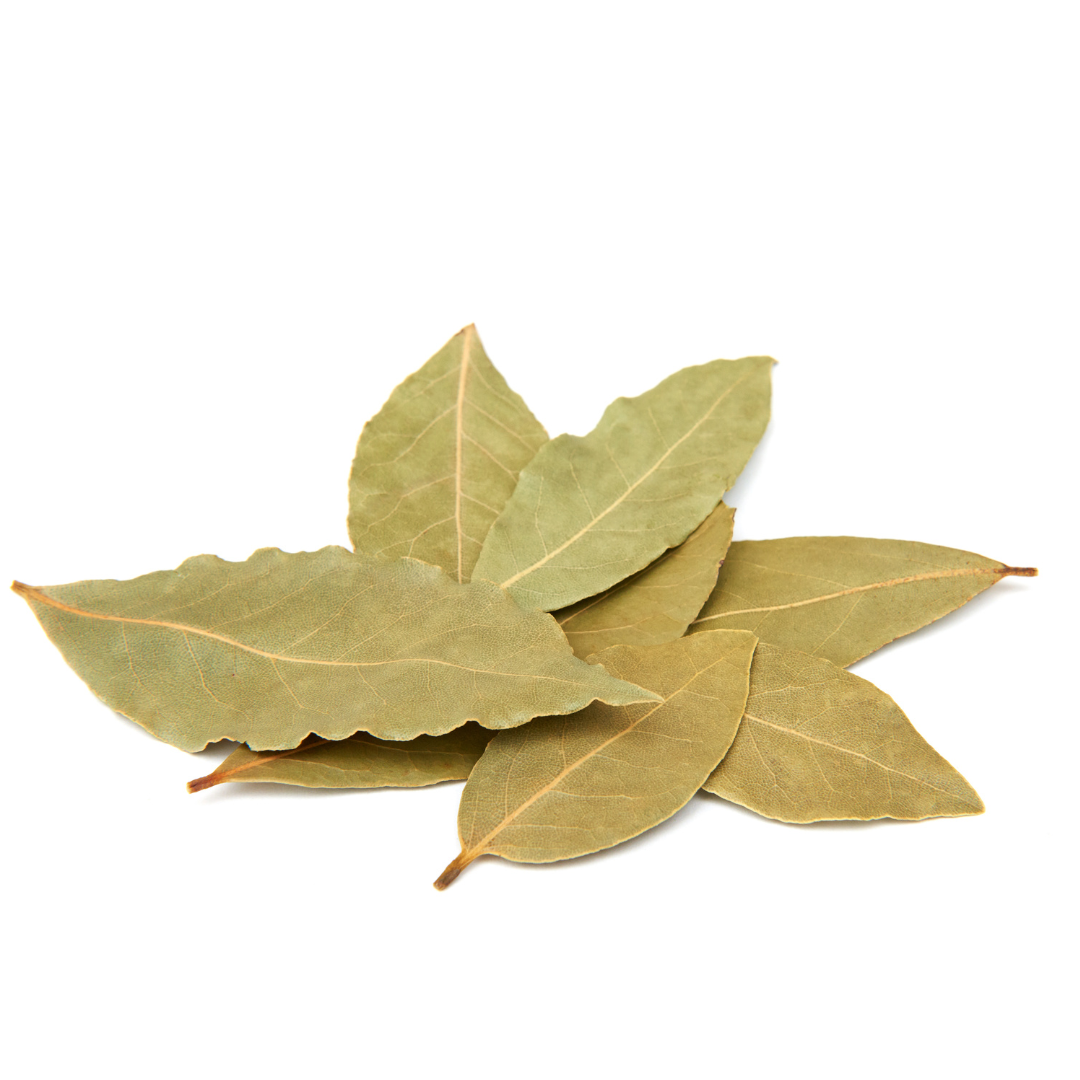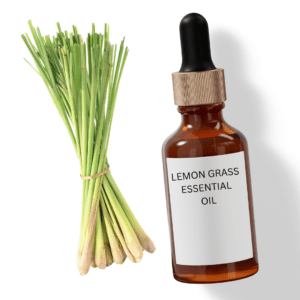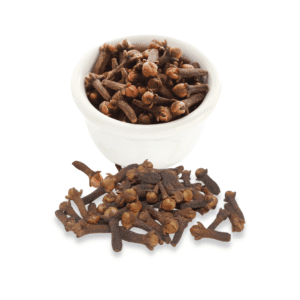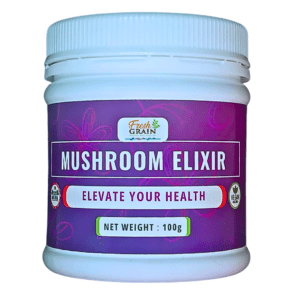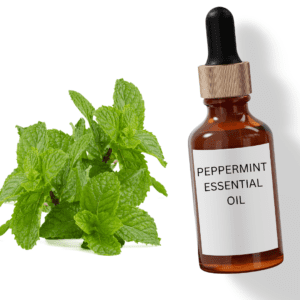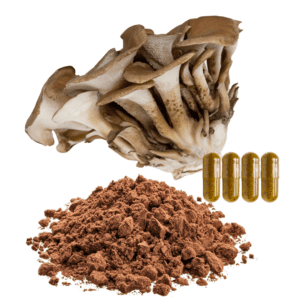Bay Leaf:
Description: Bay leaves come from the aromatic evergreen bay laurel tree (Laurus nobilis) and are widely used in culinary applications for their distinct flavor and aroma. These leaves are typically dried before use. While bay leaves are not consumed in large quantities, they add a subtle richness to various dishes.
Nutritional Breakdown: Bay leaves are not typically consumed in large enough quantities to provide significant nutritional benefits. However, they do contain essential oils, flavonoids, and other compounds that contribute to their aromatic and potential health-promoting properties.
Benefits:
- Aromatic Flavor:
- Bay leaves add a unique and aromatic flavor to dishes, enhancing the overall taste of soups, stews, sauces, and more.
- Digestive Aid:
- Some traditional practices suggest that bay leaves may help aid digestion and alleviate minor digestive issues when included in meals.
- Antioxidant Properties:
- Bay leaves contain various compounds, including essential oils and flavonoids, which have antioxidant properties that may help combat oxidative stress.
- Anti-Inflammatory Effects:
- Certain compounds in bay leaves have been studied for their potential anti-inflammatory effects, which can be beneficial for overall health.
- Respiratory Health:
- Inhalation of steam infused with bay leaves may have a soothing effect on the respiratory system, potentially providing relief from respiratory issues.
How to Use Bay Leaves:
- Cooking:
- Add whole or crushed bay leaves to soups, stews, sauces, and braises during cooking. Remember to remove the leaves before serving, as they are typically not meant to be eaten.
- Infused Liquids:
- Create infused liquids by simmering bay leaves in water or broth. This can be used as a base for rice, grains, or various dishes.
- Marinades and Pickling:
- Include bay leaves in marinades for meats or in pickling solutions for vegetables to infuse them with flavor.
- Rice and Grains:
- Add a couple of bay leaves to rice or other grains during the cooking process to impart a subtle aroma and taste.
- Storing Dry Goods:
- Place bay leaves in containers of dry goods like flour, rice, or grains to help deter insects and add a hint of fragrance.
- Herb Bouquet:
- Combine bay leaves with other herbs like thyme, rosemary, and parsley to create a bouquet garni, which can be added to dishes for added flavor.
- Aromatherapy:
- Inhale the scent of bay leaves by placing them in a bowl of hot water or using them in potpourri for a natural and aromatic experience.
Note: Bay leaves are tough and can be a choking hazard if consumed whole. Always remove them from dishes before serving.
While bay leaves are generally safe for culinary use, pregnant women should exercise caution, as consuming large amounts of bay leaves may not be advisable during pregnancy. It’s always recommended to consult with a healthcare professional or nutritionist for personalized advice.

